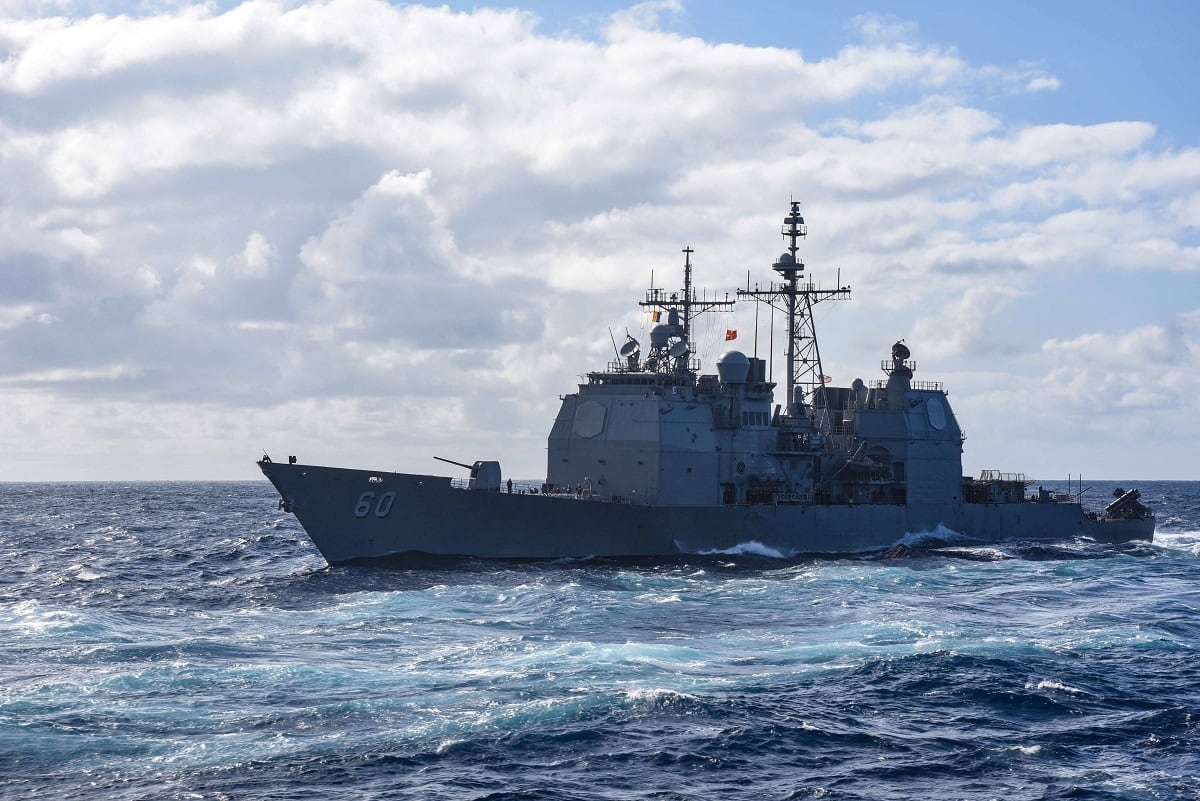WASHINGTON ― The U.S. Navy is convinced that the next generation of ships will need to integrate lasers, electromagnetic rail guns and other power-hungry weapons and sensors to take on peer competitors in the coming decades.
However, integrating futuristic technologies onto existing platforms, even on some of the newer ships with plenty of excess power capacity, will still be an incredibly difficult engineering challenge, experts say.
Capt. Mark Vandroff, the current commanding officer of the Carderock Division of the Naval Surface Warfare Center and the former Arleigh Burke-class destroyer program manager who worked on the DDG Flight III, told the audience at last week’s American Society of Naval Engineers symposium that adding extra electric-power capacity in ships currently in design was a good idea, but that the weapons and systems of tomorrow will pose a significant challenge to naval engineers when it comes time to back-fit them to existing platforms.
“Electrical architecture on ships is hard,” Vandroff said.
RELATED

Vandroff considered adding a several-megawatt system to a ship with plenty of power to spare, comparing it with simultaneously turning on everything in a house.
“When you turn everything on in your house that you can think of, you don’t make a significant change to the load for [the power company],” Vandroff explained. “On a ship, if you have single loads that are [a] major part of the ship’s total load, [it can be a challenge]. This is something we had to look at for DDG Flight III where the air and missile defense radar was going to be a major percentage of the total electric load ― greater than anything that we had experienced in the previous ships in the class. That’s a real technical challenge.
“We worked long and hard at that in order to get ourselves to a place with Flight III where we were confident that when you turned things on and off the way you wanted to in combat, you weren’t going to light any of your switchboards on fire. That was not a back-of-the-envelope problem, that was a lot of folks in the Navy technical community ... doing a lot of work to make sure we could get to that place, and eventually we did.”
In order to get AMDR, or SPY-6, installed on the DDG design, Vandroff and the team at the DDG-51 program had to redesign nearly half the ship — about 45 percent all told. Even on ships with the extra electric-power capacity, major modifications might be necessary, he warned.
“We’re going to say that in the future we are going to be flexible, we are going to have a lot of extra power,” Vandroff said. “That will not automatically solve the problem going forward. If you have a big enough load that comes along for a war-fighting application or any other application you might want, it is going to take technical work and potential future modification in order to get there.”
Even the powerhouse Zumwalt class will struggle with new systems that take up a large percentage of the ship’s power load, Vandroff said.
“Take DDG-1000 ― potentially has 80-odd megawatts of power. If you have a 5- or 6-megawatt load that goes on or off, that is a big enough percentage of total load that it’s going to be accounted for. Electrical architecture in the future is still an area that is going to require a lot of effort and a lot of tailoring, whatever your platform is, to accommodate those large loads,” he said.
In 2016, when the Navy was planning to install a rail gun on an expeditionary fast transport vessel as a demonstration, service officials viewed the electric-power puzzle as the reason the service has not moved more aggressively to field rail gun on the Zumwalt class.
Then-director of surface warfare Rear Adm. Pete Fanta told Defense News that he wanted to move ahead with a rail gun demonstration on the JHSV because of issues with the load.
“I would rather get an operational unit out there faster than do a demonstration that just does a demonstration,” Fanta said, “primarily because it will slow the engineering work that I have to do to get that power transference that I need to get multiple repeatable shots that I can now install in a ship.”
David B. Larter was the naval warfare reporter for Defense News.





